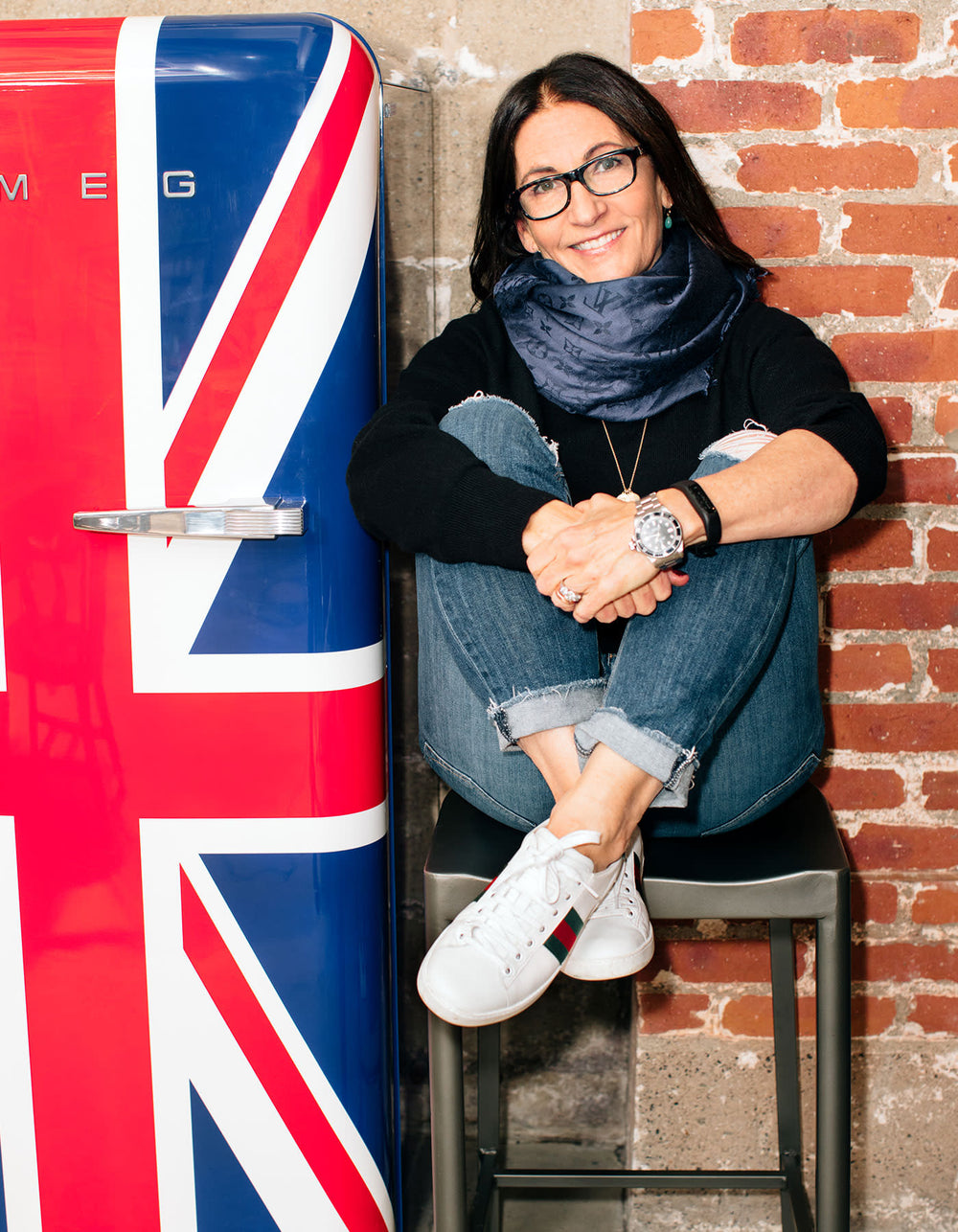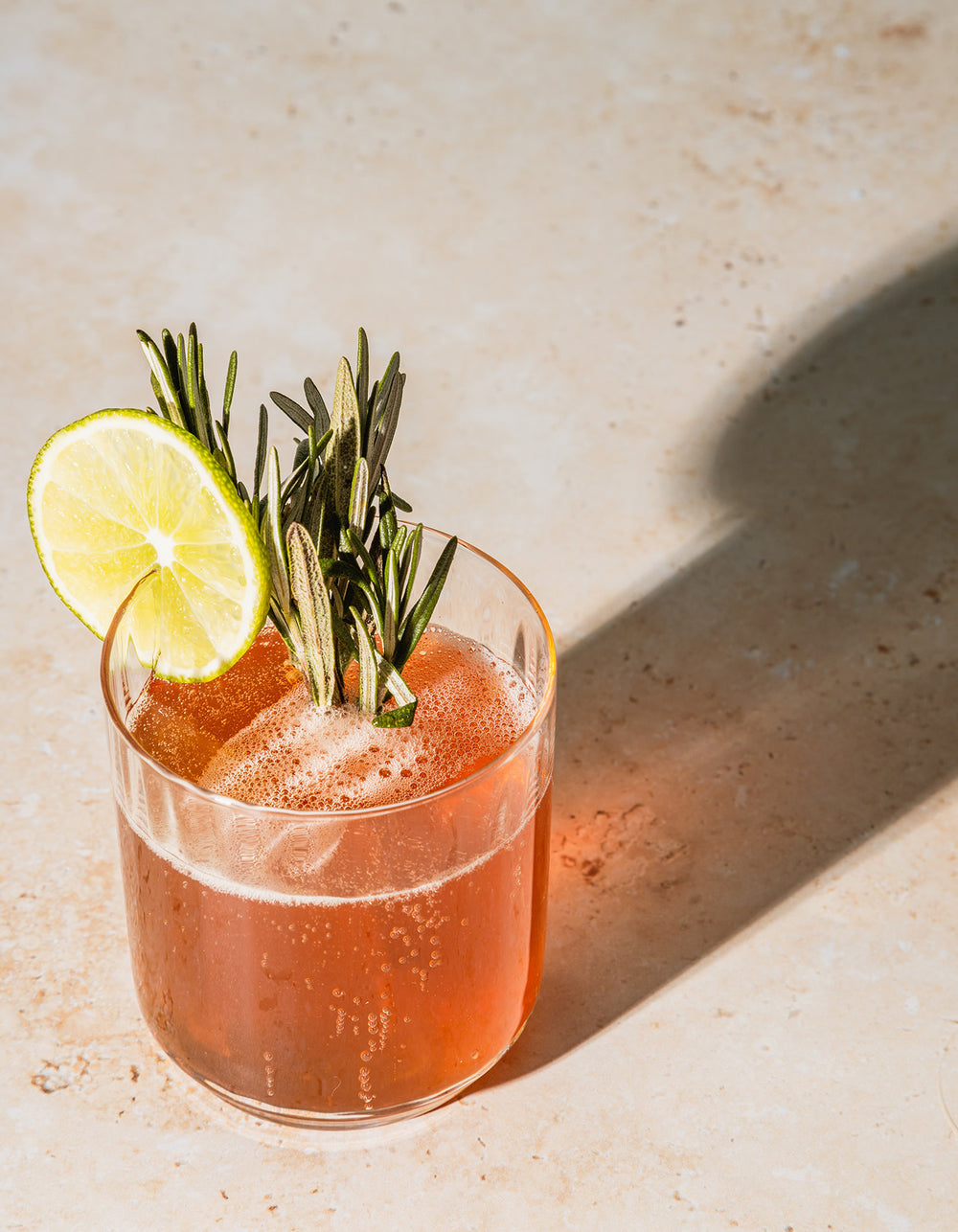Diary / Beauty / Sep 26, 2022
The Journey of Scent: How Fragrance Impacts Your Mood
Written by: Valentina Di Donato

Despite what fragrance ad lore may have us think, a bottle of perfume is not often bought based on what others think of us, more often, we choose based on how it makes us feel. In other words, the nose knows. Science backs this up: the part of the brain that processes smell is closely linked to what is responsible for unlocking personal memories or mood. A time we felt happy, calm, sexy, or traveled to an exciting new place. Wearing fragrance and being surrounded by it is inherently for ourselves, and no time like the last two years of continuous isolation could have been a better example of this.
Fragrance triggers both emotional and psychological responses as it goes right to the limbic part of the brain which is closely linked to memory. “It’s not an exaggeration that when you experience certain scents, it’s a physical reaction,” explains Linda G. Levy, President of The Fragrance Foundation. According to the groundbreaking study by The Geneva Emotion and Odor Scale, the power of scent on our emotions is real. By using neural image processing, the study charted how certain scents can affect mood, making us feel more relaxed or happy for instance.
Scent as a way of impacting mood is certainly not a new concept – the ritual of scent has been documented by the Ancient Egyptians who perfumed their bodies, baths, and palaces. In the east, bakhoor has been burned for centuries; bakhoor are wood chips of oud soaked in fragrant oils and naturally occurring resin to perfume the house and clothing. Incense, religiously lit in churches. Throughout history and across the globe, scent has transported and altered our mood. In recent years, the science of fragrance has made quantum leaps allowing us to understand how the brain perceives scent and how it can influence how we feel.
Linda Song, perfumer at Givaudan who created iconic fragrances for St. Rose, Rebecca Minkoff, and RPL explains how scent and mood have always been connected for fragrance creators, “I think for perfumers, scent has always been about the impact on our mood and wellbeing,” and science now is an aid in confirming this, “it verifies that fragrance can do this,” explains Song. These data points are especially interesting now in a time when more people are looking for a fragrance to enhance our mood and elevate our spaces.
In a time when we have simplified our beauty routines and wellness has become more front of mind, fragrance, or the “invisible accessory” as Levy calls it, adds a more personal and meaningful note to one’s daily routine. “You don’t see fragrance, it's so abstract, but it's a form of beauty because it’s a form of design. It really adds or takes away from a total experience. I think it's interesting that 75% of our memory is triggered by smell so the scent is inherently very intimate,” explains Song.

Our scent library begins in the womb and the more we experience scent in the world, the more experienced our nose and understanding of fragrance will be. Consider the oud scent often used in the most coveted of fragrances comes from tree bark that becomes infected with a type of mold, in response, the tree reacts by producing a dark, scented resin, colloquially known as “liquid gold.” Oud refers to not just the resin but also the wood that is sodden with the scented resin and oil. To think that something so unappealing can become something so rare and coveted in fragrance took curiosity and olfactive adventure.
Givaudan Fragrance Company has had a Neuroscience Center in the UK for years to better understand how the brain is triggered by particular scents and combinations. “Emotion and fragrance go hand in hand. We have done decades of research on mood and fragrance. I’m amazed there was so much foresight and that we can highlight that knowing the data points, it’s such an important topic,” says Song.
Levy explains that the fragrance industry has been taking a shift in the type of fragrances and products being created during the pandemic, and candles have been doing incredibly well. “Now I think [candles] are completely reestablished. Candles have created environments. When working from home you may have it on your desk and it can be a transportive experience.”

Ingredient scent stories and new iterations of sun-drenched, ripened produce that were not typically used in fragrance have become a new way to experience the familiar. Creators of Malin and Goetz were so inspired by their garden in Hudson New York during the pandemic, that they developed a line of fragrances and candles inspired by their home garden. "Malin and Goetz have made a tomato candle, straight from the garden. Abigail from Otherland has a very different tomato candle that is sweeter, more like a ‘pomodoro dolce,’ and Jo Malone has a green tomato vine scented candle," explains Levy about the evolution in new scent stories. An example of how what is local, what is familiar and even incredibly unassuming can launch inspiration and lead one on a scent journey.
When thinking of how you want to select a fragrance, think of memory describing those memories and describing what is important, explains Song. “When you are thinking of something personal to you, thinking of those keywords that you want to describe, it doesn’t have to be olfaction alone, but also a mood. You can also look for fragrances around those ideas. Is it a mood, is it a place, is it a time? Look for fragrance around those ideas. But the best thing is to try them on. Finding fragrance is like dating, love at first sight, can happen, but sometimes it doesn’t. Fragrance has nuance, complexity and sometimes you only get the best part of fragrance once you are intimate with it,” says Song.













































 Miracle Balm
Miracle Balm
 Just Enough Tinted Moisturizer
Just Enough Tinted Moisturizer
 What The Foundation
What The Foundation


